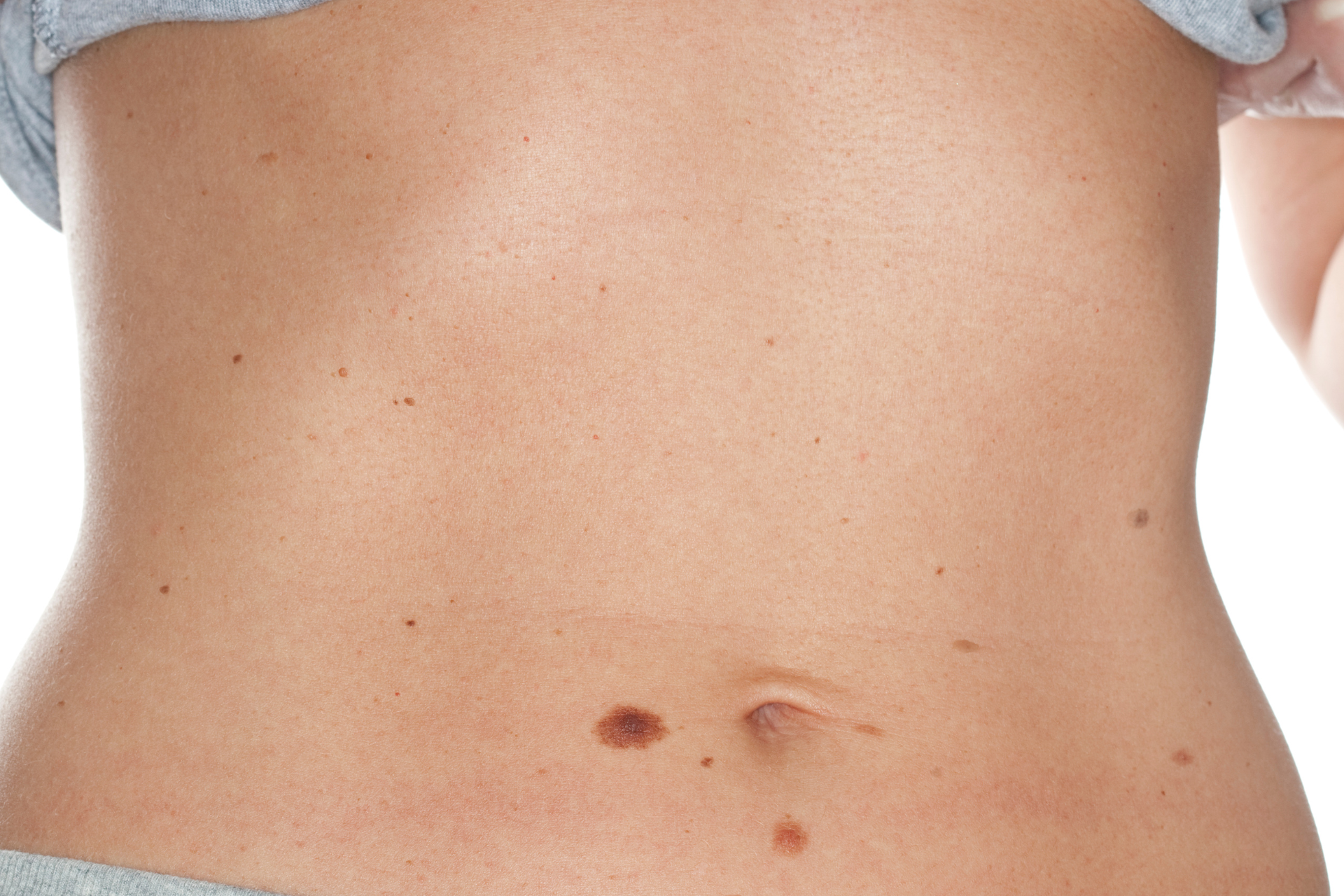Top 5 Areas Where Skin Cancer Is Most Common: A Guide to High-Risk Spots

At Fall Creek Skin and Health Clinic, we prioritize education as a vital component of skin health. Understanding where skin cancer is most likely to develop is key to self-examination and early detection. Skin cancer can affect anyone, but certain areas of the body are more susceptible due to increased sun exposure and other factors. Here’s a closer look at the top five areas where skin cancer is most commonly found.
1. Face
The face is often the most exposed part of the body, making it a prime target for skin cancer. The nose, cheeks, and forehead receive significant UV radiation throughout the year, even in cloudy weather. Basal cell carcinoma is frequently found in these areas, especially among individuals who spend a lot of time outdoors. Regular use of broad-spectrum sunscreen, protective clothing, and routine skin checks are essential to safeguard this vulnerable area.
2. Neck
Similar to the face, the neck receives considerable sun exposure, particularly the back of the neck, which is often overlooked during sun protection efforts. Squamous cell carcinoma tends to occur here, and it can develop from actinic keratosis, a precancerous condition caused by prolonged sun exposure. Regular monitoring of the neck's skin and incorporating sun protection measures can help reduce the risk.
3. Scalp
The scalp is one of the most commonly neglected areas when applying sunscreen or protective clothing. Hair can sometimes mask early signs of skin changes, which is why it’s vital to regularly scan the scalp, especially if you have thinning hair or are bald. Melanoma can occur on the scalp and may progress unnoticed until it has reached an advanced stage. Consider using sun hats or applying aerosolized sunscreen directly to the scalp to protect this area from harmful rays.
4. Ears
The ears are often exposed during outdoor activities and can easily be forgotten in your sun protection routine. Both the tops of the ears and the ear lobes are susceptible to skin cancer, particularly squamous cell carcinoma and basal cell carcinoma. People of all ages should include their ears in regular skin checks. Wearing a wide-brimmed hat can provide an extra layer of protection against harmful UV radiation.
5. Hands
Our hands endure significant sun exposure, especially for those who spend time working or engaging in outdoor activities. The back of the hands is particularly vulnerable and can reveal signs of damage over time, including age spots and skin cancer. Regularly applying sunscreen, even during daily errands, can help mitigate this risk. Additionally, be aware of any changes in the skin and consult a doctor if unusual spots or growths develop.
Conclusion
Awareness of high-risk areas for skin cancer can significantly aid in early detection and treatment. At Fall Creek Skin and Health Clinic, we encourage our patients to perform regular self-examinations and to seek professional evaluations if they notice any changes in their skin. Protecting your skin isn’t just about avoiding sunburn; it’s about a proactive approach to your overall health. Remember, early detection of skin cancer can lead to more effective treatment outcomes, so don’t hesitate to reach out to us for any skin-related concerns. Your skin health is our priority!




